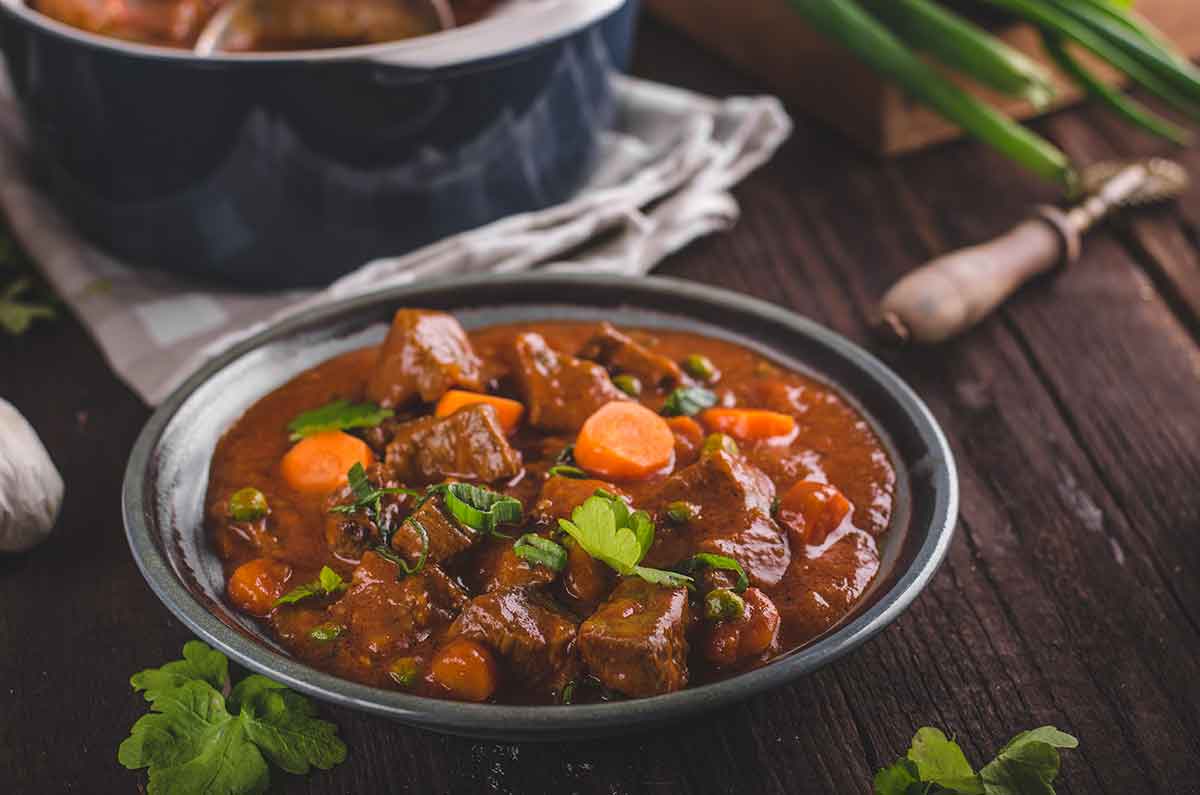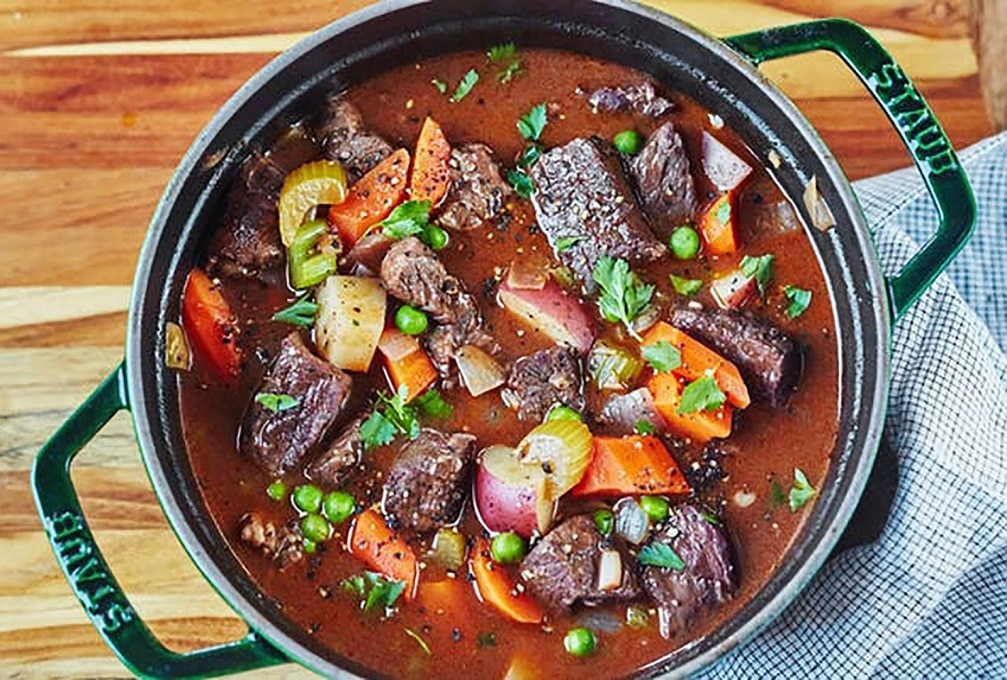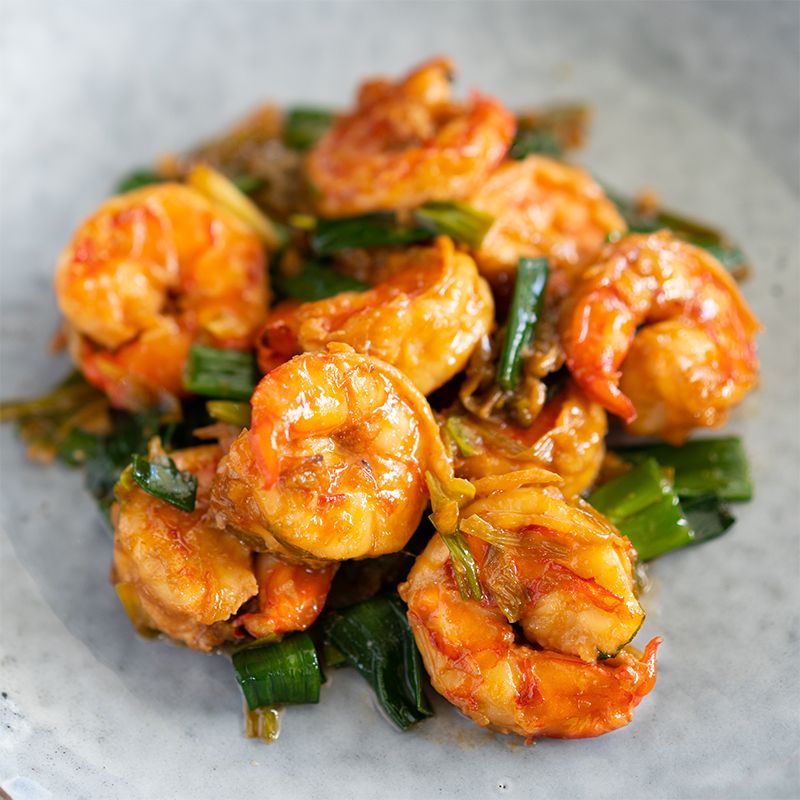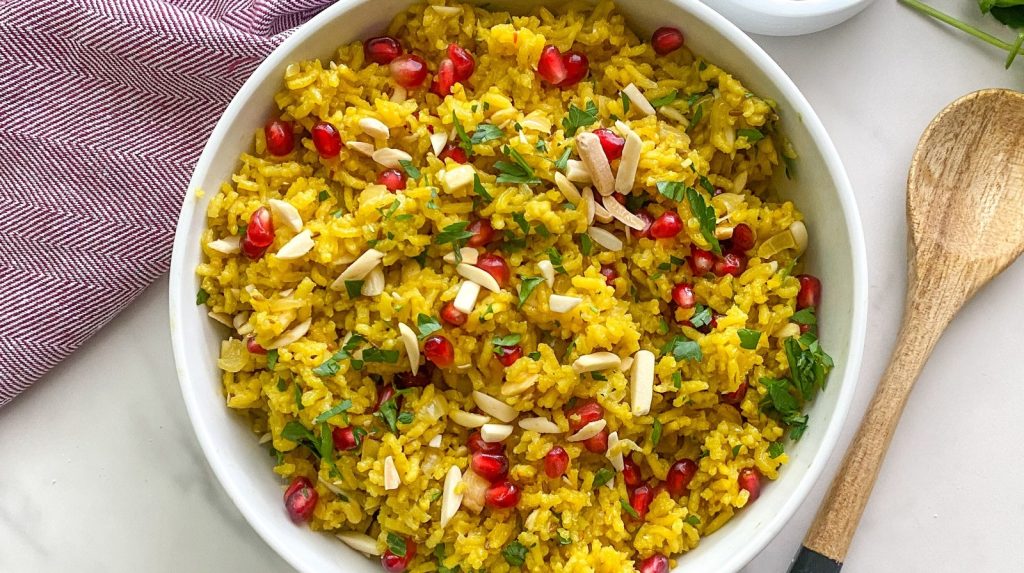This Kenyan beef stew uses tender grass fed beef and is so delicious and easy to make. It is made often in many households and there are other variations. This is one of our favorite recipes because it takes little time to make and its delicious!


KENYAN BEEF STEW
Equipment
- 1 pan
- 1 stove
Ingredients
- 1 lb beef, cubed
- 2 tbsp olive oil
- 1 cup yellow or red onion, diced
- 2 tbsp fresh garlic cloves, minced
- 2 tsp curry powder mix (optional)
- 1 cup diced/crushed tomatoes
- 1 cup water
- 3 tbsp fresh cilantro, finely chopped
- salt and pepper to taste
Instructions
- Heat a large pan on medium heat.
- Add olive oil and onions then cook until soft.
- Next add garlic and spices, stirring constantly to prevent any sticking.
- Put in the beef and cook until fragrant, then add tomatoes and water.
- Bring to a slight boil, turn heat down to low setting and simmer for about 30 minutes.
- Remove from heat and set aside until ready to serve.
Video
Notes
Nutritional ingredients of Beef Stew

It seems there might be a slight misunderstanding in the terminology. “Nutritional ingredients” isn’t typically used to describe the nutritional content of a dish. Instead, I can provide you with the nutritional information for a typical serving of beef stew.
Keep in mind that the nutritional content can vary based on the specific ingredients and portion sizes used in your recipe. Here’s a general overview of the nutritional information for a 1-cup (240 ml) serving of beef stew made with lean beef, vegetables, and broth:
- Calories: Approximately 250-300 kcal
- Protein: Around 20-25g
- Carbohydrates: About 15-20g
- Dietary Fiber: Around 3-5g
- Sugars: Approximately 4-6g
- Total Fat: About 10-15g
- Saturated Fat: Around 3-5g
- Trans Fat: Minimal to none
- Cholesterol: Approximately 50-70mg
- Sodium: Around 600-800mg
- Vitamin A: About 15-20% of the Daily Value (DV)
- Vitamin C: Around 10-15% of the DV
- Calcium: Approximately 4-6% of the DV
- Iron: Around 15-20% of the DV
Things to pay attention to when cooking Kenyan Beef Stew
:max_bytes(150000):strip_icc()/8650757-classic-hearty-beef-stew-photo-by-matthew-francis-38819bbcecdf4ad1a802da0caca369bf.jpg)
Cooking Kenyan Beef Stew is a delightful experience that brings the heart of Africa to your kitchen. To ensure the flavors and textures are just right, here are some key things to pay attention to:
- Meat Selection: Choose lean cuts of beef for the stew, such as chuck, stewing beef, or round. These cuts are well-suited for slow cooking and become tender and flavorful over time.
- Browning the Meat: Take your time to properly brown the meat. Searing the beef in batches enhances the flavor by creating a rich caramelized crust. This step contributes to the stew’s depth and color.
- Sautéing Aromatics: Sautéing onions, garlic, and other aromatics until they’re soft and translucent releases their natural sweetness and builds the foundation of the stew’s flavor.
- Spice Balance: Be mindful of the spices you use. Kenyan Beef Stew typically features a blend of warm spices like cumin, coriander, and paprika. Strike a balance to enhance without overpowering.
- Tomato Paste: Adding tomato paste creates a robust base and contributes to the stew’s color. Allow the tomato paste to cook down to eliminate any raw taste and achieve a rich hue.
- Liquid Amount: Use enough liquid (broth or water) to cover the ingredients but not drown them. Remember that as the stew simmers, the liquid reduces, intensifying the flavors.
- Simmering Technique: Allow the stew to simmer gently over low heat. This slow cooking method allows the flavors to meld and the meat to become tender. Avoid high heat, which can toughen the meat.
- Stirring and Skimming: Occasionally stir the stew to prevent sticking, and skim off any foam or fat that rises to the surface. This ensures the stew remains clear and flavorful.
- Vegetable Timing: Add vegetables like carrots and potatoes about halfway through the cooking time. This prevents them from becoming overly soft and mushy.
- Herbs and Greens: Fresh herbs like thyme, rosemary, or parsley add a burst of flavor. If you’re adding greens like spinach, stir them in towards the end of cooking to retain their vibrancy.
Serving suggestions
:max_bytes(150000):strip_icc()/beef-stew-in-red-wine-sauce-FT-RECIPE0407-8dd9f532275c48d59f83305734811090.jpg)
- Ugali Harmony: Serve Kenyan Beef Stew with Ugali, a staple maize porridge. This authentic pairing creates a hearty and traditional Kenyan meal that’s both satisfying and comforting.
- Fluffy Rice Bed: Place a generous ladle of Kenyan Beef Stew over a bed of steamed white rice. The rice absorbs the flavorful broth, creating a harmonious combination of tastes.
- Chapati Comfort: Accompany the stew with freshly made chapati, a soft Kenyan flatbread. Tear off a piece of chapati and use it to scoop up the succulent meat and vegetables.
- Root Vegetable Mash: Serve the stew alongside a mound of mashed root vegetables, such as sweet potatoes, yams, or cassava. The earthy sweetness of the mash complements the savory stew.
- Greens Galore: Pair the hearty stew with a side of sautéed spinach or collard greens. The vibrant greens add a refreshing contrast to the rich flavors of the stew.
- Zesty Citrus Salad: Balance the meal with a citrusy salad featuring orange segments, arugula, and red onion. The brightness of the salad offsets the richness of the stew.
- Pickled Delights: Accompany the stew with pickled vegetables, like pickled red onions or cucumbers. The tangy notes of the pickles provide a lively contrast.
- Avocado Creaminess: Add slices of ripe avocado to the stew or serve them on the side. The creamy avocado complements the savory nature of the dish.
- Crispy Plantains: Garnish the stew with slices of fried or baked plantains for a touch of sweetness and crunch. It’s a delightful contrast to the stew’s textures.
- Family-Style Feast: Present the Kenyan Beef Stew in a large serving bowl at the center of the table, surrounded by a variety of sides. This approach encourages sharing and interaction.
In the finale of our culinary journey, Kenyan Beef Stew beckons you to savor every last spoonful. With its rich flavors, tender meat, and harmonious blend of spices, it’s more than a meal—it’s a connection to the heart of Kenya. Each bite carries the essence of tradition and a story of cultural heritage. So, gather around the table, let the aromas envelop you, and allow Kenyan Beef Stew to transport you to the vibrant landscapes and warm hospitality of Africa. Embrace the taste, the memories, and the legacy that this stew brings to life.










